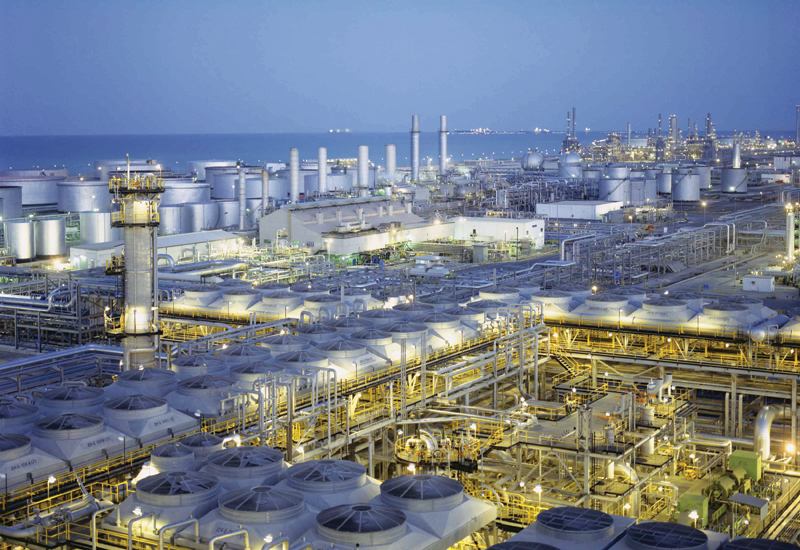Aramco Logs Solid Q3 Profit Despite Softer Oil Prices
Aramco Logs Solid Q3 Profit Despite Softer Oil Prices
By
Rachel Steinberg
Last updated:
November 4, 2025
First Published:
November 4, 2025

Reliable production lifts results
Saudi Aramco reported an adjusted net income of 104.92 billion Saudi riyals (approximately $27.98 billion) in the third quarter, surpassing the analyst consensus of around 98.47 billion riyals. Although global oil prices remain under pressure, the company benefitted from higher volumes and disciplined cost control.
Total revenue for the quarter hit around 418.16 billion riyals, ahead of expectations near 411.26 billion riyals, while net debt decreased slightly to 114.33 billion riyals, down from 115.59 billion a quarter ago. Free cash flow reached about $23.6 billion, up from $22 billion the same quarter a year prior.
In comments accompanying the release, CEO Amin Nasser emphasized that the company “increased production with minimal incremental cost” and reliably supplied oil, gas and related products—highlighting Aramco’s ability to perform even during lean pricing periods.
Market headwinds and resilience
Despite the strong underlying performance, Aramco is navigating a challenging external environment. Spot oil prices (for example, U.S. West Texas Intermediate) were down more than 16 % year-to-date through September, and the global benchmark Brent was down over 12 % in the same period. The result is that while the margin and cost base remain robust, the revenue upside from higher prices is limited.
Moreover, the broader oil market dynamics add complexity: the OPEC+ coalition recently agreed to raise its December output target by just 137,000 barrels per day, while committing to pause further hikes in early 2026—a signal that producers see a risk of oversupply even as demand remains uncertain.
Strategic moves highlight future-looking agenda
Aramco continues not only to ramp up production but to diversify and invest for the long term. Over the weekend, the company completed acquisition of a 22.5 % stake in Petro Rabigh from Japan’s Sumitomo Chemical for about $701.8 million, bringing its total ownership in the joint venture to roughly 60 %. The move strengthens Aramco’s downstream value chain and refines its ability to convert crude into higher-value products.
Additionally, the company has signalled investments in AI and new-energies through a minority stake in HUMAIN, aligning with Saudi Arabia’s broader push into future-tech and diversification.
What this means for investors and the broader industry
Aramco’s latest earnings reinforce a few key takeaways: while oil prices remain volatile and under pressure, large-scale, low-cost producers with integrated operations can continue to generate strong cash flow and reward shareholders. At the same time, investors should be aware that margin growth will remain constrained as pricing lacks the tailwinds seen in prior years.
For analysts and investors, the dividend remains a focal point: with consistent cash flow and a strong balance sheet, Aramco is in a position to maintain or even increase payouts, though the lower-price environment may temper aggressive lifts. Meanwhile, the company’s strategic moves into downstream and new-energies provide optionality for longer-term value creation, but those pay-offs will likely unfold over years rather than months.
In short: Aramco is holding firm in a weak oil-price environment—and using the time to build for tomorrow.
Popular articles
Subscribe to unlock premium content
How Adults Are Paying to Experience Silent Daylong Festivals for Mindfulness

The Rise of Ultra-Personalized Scent Memory Experiences Using Olfactory Therapy

Why Some Millennials Are Paying for One-Day Luxury Survival Challenges in Nature

How Adults Are Paying to Experience Silent Daylong Festivals for Mindfulness

The Rise of Ultra-Personalized Scent Memory Experiences Using Olfactory Therapy

How Adults Are Paying to Experience Silent Daylong Festivals for Mindfulness







.png)

